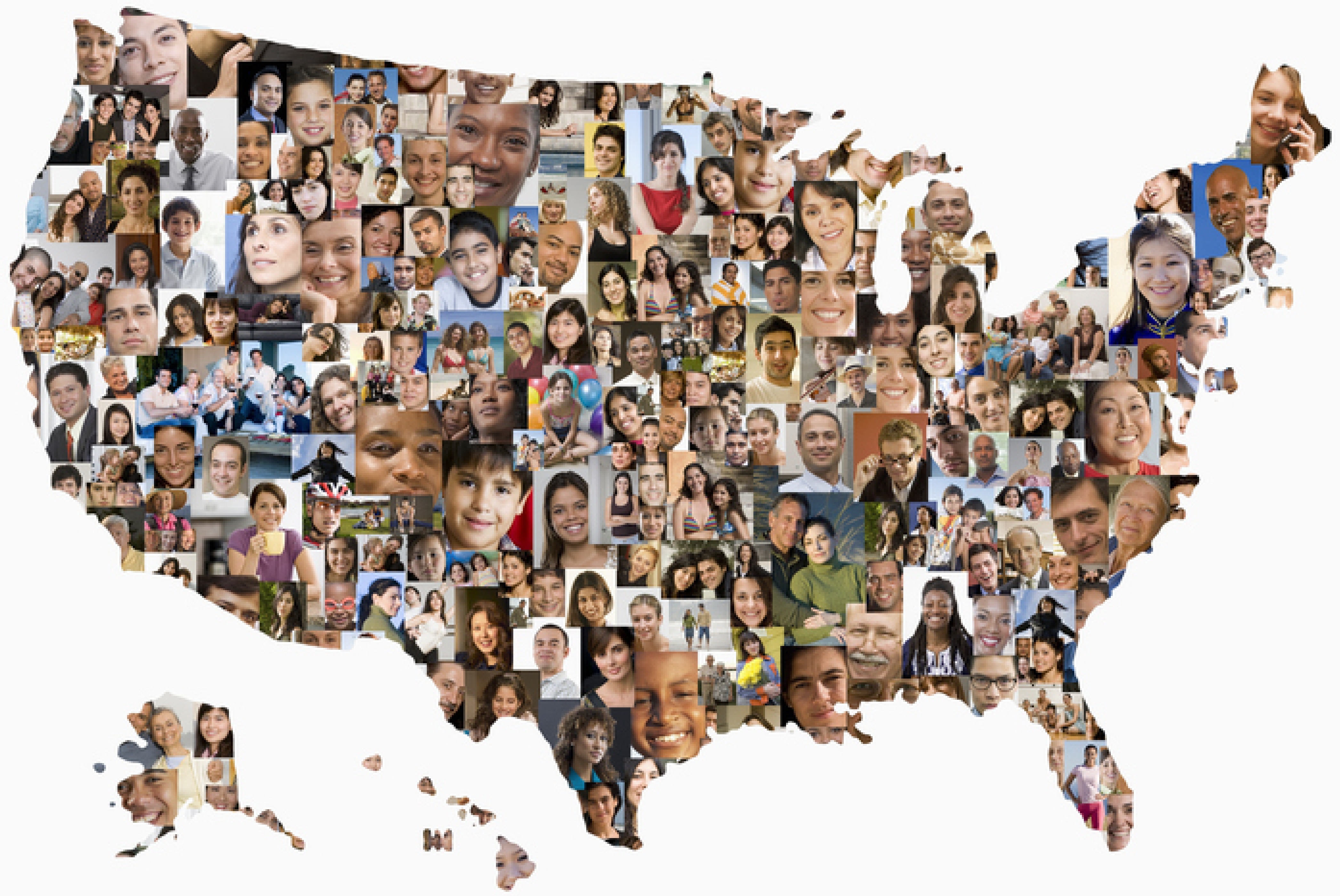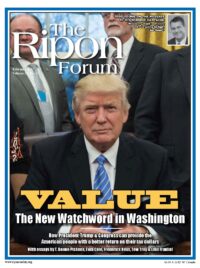 Poll points to reducing health care costs as top economic priority, and finds that challenges to repealing Obamacare remain
Poll points to reducing health care costs as top economic priority, and finds that challenges to repealing Obamacare remain
WASHINGTON, DC – The Ripon Society today released the results of its 2nd Annual Survey of the American Electorate. This year’s survey explored voter sentiment in a number of key areas, including:
- Economic Priorities – the survey found that voters identified reducing the cost of health care (23%) and creating jobs (17%) as the two most important economic issues facing America.
- Health Care Reform – 47% approve of Obamacare in the survey, while 50% disapprove of it. The poll also found broad support for key provisions of the law, except for the universal coverage requirement, to which 65% said they are opposed. In terms of timing, 59% of voters would not think the President had broken his promise to end Obamacare if repeal and replace took two years.
- Tax Policy – the poll found that 81% of voters favor changing tax policy so that sales of made in America products are taxed less than products made overseas. On the question of lowering the corporate tax rate from 35% to 20%, 45% of voters support it, while 50% are opposed.
- Trade – 56% support renegotiating or ending trade deals even if goods cost more, 68% support taking action against currency manipulators like China, and 72% support an import tax on goods from production that has been moved off-shore.
- Government Accountability – 79% agree that federal regulations should have a sunset provision, while 94% agree that federal government programs should be subjected to regular performance reviews (which is the highest response of any proposal tested in the survey.)
To read the analysis of the survey, please click here. To view the accompanying presentation slides, please click here.
The survey was conducted the second week of January, and follows-up on a nationwide poll that the 55 year-old centrist Republican public policy organization conducted in December 2015. The survey was conducted for The Ripon Society by veteran GOP strategist Ed Goeas. Goeas previewed the findings at a luncheon meeting of The Ripon Society last Thursday. In his presentation, Goeas touched on the fact that the poll revealed that Americans continue to hold the federal government in extremely low regard. However, he added, that does not necessarily mean that Americans don’t want government to work.
“When asked, ‘Is government part of the problem or part of the solution?’ Goeas stated, “65% today say it’s part of the problem. A year ago, 68% said it was part of the problem. We also saw something that was new in the data last year from what we’ve seen over the years. We asked, ‘Is the federal government doing enough, too much, or about right amount?’ What we saw last year is what we saw again in the survey today. 66% of the American public said that government is not doing enough. Now, they think government’s the problem. But they also say government is not doing enough.
“Don’t take this to mean that people want more government or bigger government. They want effective government. That is very deeply held with those voters. They’re not going to change overnight just because Trump says he’s going to make America great again. But it is an opportunity to play to those voters and bring them in.”
Goeas also talked about repealing Obamacare, and the challenges facing both Congress and the President in that regard.
“As much as we talk about the need to repeal and replace of Obamacare,” the strategist observed, “we need to understand that voters are no longer there. To them, the problem is not Obamacare. The problem is the cost of health care. We need to understand that everything we do on health care has to answer the question of, ‘What is this going to do to lower costs?” Because if we don’t do that, we’re going to be sitting here four years down the road with voters saying, ‘You changed things, but health care costs got worse.’ Because to them, it only goes two directions — it either gets better, or it gets worse.”
“Everything that we tested — whether it was affordability, pre-existing conditions, or children being insured by their parents up until 26 — all of those proposals got very high responses. If you look at the approval rating of Obamacare, it’s virtually a 50/50 split. The one thing that kind of jumped out as not positive is the requirement that all Americans either purchase health insurance or pay a substantial fine to the federal government. 65% said they did not favor that. So basically they want all those things, but the one thing that may help prop it up — which was always the mistake of Obamacare — they don’t want anything to do with.”
Goeas also discussed tax reform and some of the proposals voters were asked about in that regard.
“With regard to allowing U.S. companies to move profits earned and taxed overseas into the United States at a corporate tax rate of 10%,” he reported, “it was a plurality support, but not a majority support. 47% support it, but 39% are opposed. Strongly support to strongly oppose was 21% to 20%, so the intensity was down on both sides. But one of the things I see in this measurement is that there are a lot of undecided voters. They don’t quite know what all this means. And if, in fact, as it has been rumored, you tie a proposal like this with something like paying for infrastructure, these numbers are going to change very, very quickly.”
Goeas opened his presentation by talking about last year’s election and why the unpopularity of both presidential candidates made it such a unique political year.
“Never before in politics have we had two nominees that had over a 50% unfavorable rating,” he said. “We had absolutely no idea what the impact of that was going to be. Those numbers never changed. Both candidates started off with a 55% unfavorable rating and never dropped below that point, except for a couple of points in a couple of surveys along the way. The only thing that changed was that the intensity of those negatives increased for both candidates. In the case of Trump, the intensity of his positives also increased with the voters — something that Hillary did not see.”
“There were only 2% of voters who liked both candidates. That remained constant all the way through the campaign. There were 18% who disliked both candidates. The difference was on Election Day they voted 49%-29% for Donald Trump. That is what put him over the top. At the end of the day, that group of voters decided, ‘I may not like him personally, but I don’t like her at all.’ And one of the things I joke about with some Republicans who still don’t like Trump are those Republican voters who were unfavorable towards him last year. It’s like having a doctor and you hate his bedside manner, but you’re hopeful that he’s going to save your life. That is where a certain group of Republican voters are today.”
“After he was elected, his name awareness improved by a net 25 points overnight. He was at a 60% unfavorable rating on Election Day. He’s now down in the mid 40’s. He was at low 30’s in terms of favorables, he’s now up into the 40’s. All the talk going into the Inauguration about his having the lowest favorability rating of anyone in modern history — first, if Hillary Clinton had been elected, she would have been suffering from the same problem; and, number two, there was the 25 point improvement. Even though he’s still upside down by a couple of points in his unfavorables, there is still that improvement. It is those Republicans coming home and saying, ‘I may not like his bedside manner, but he may save my life.’”
The Ripon Society is a public policy organization that was founded in 1962 and takes its name from the town where the Republican Party was born in 1854 – Ripon, Wisconsin. One of the main goals of The Ripon Society is to promote the ideas and principles that have made America great and contributed to the GOP’s success. These ideas include keeping our nation secure, keeping taxes low and having a federal government that is smaller, smarter and more accountable to the people.




